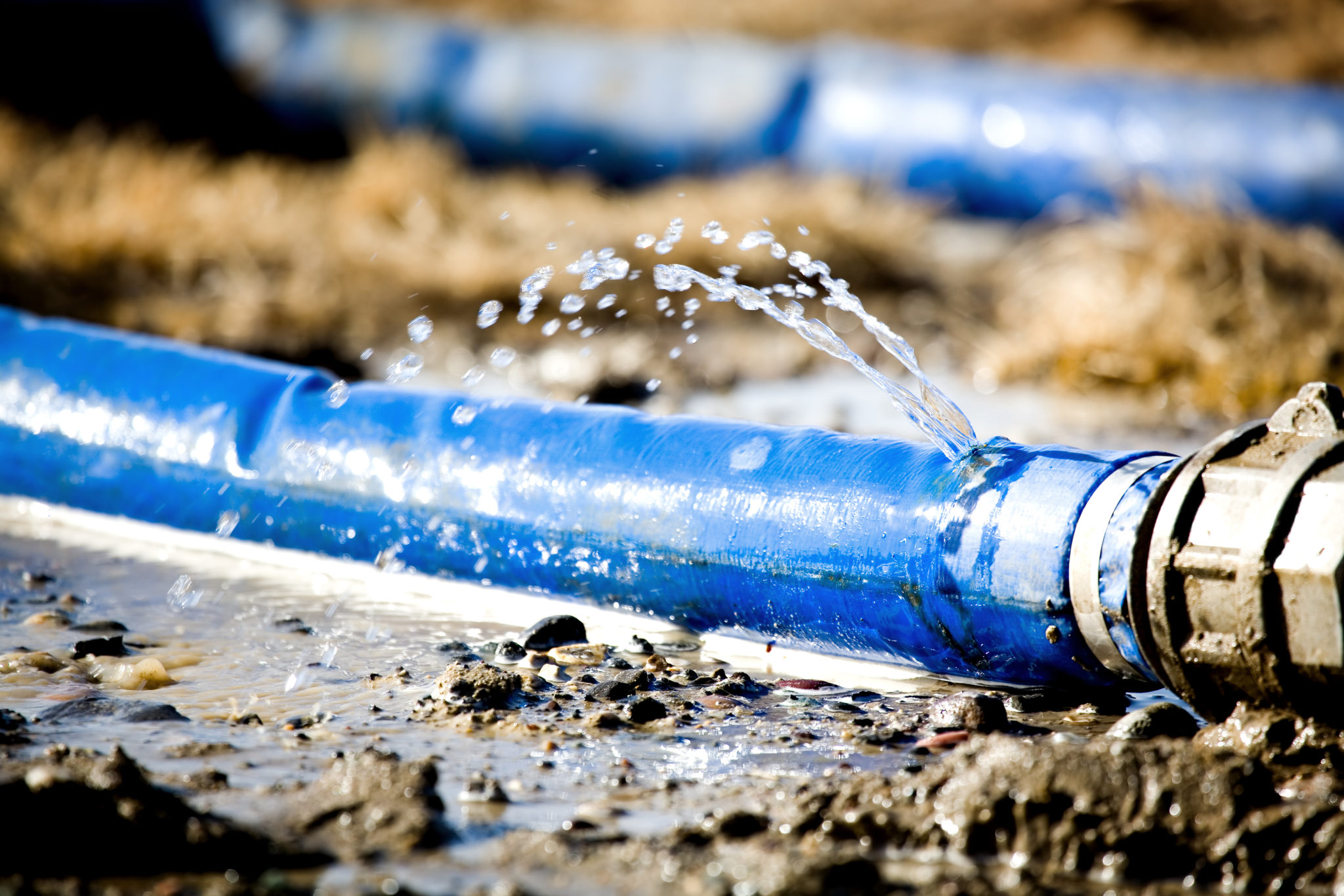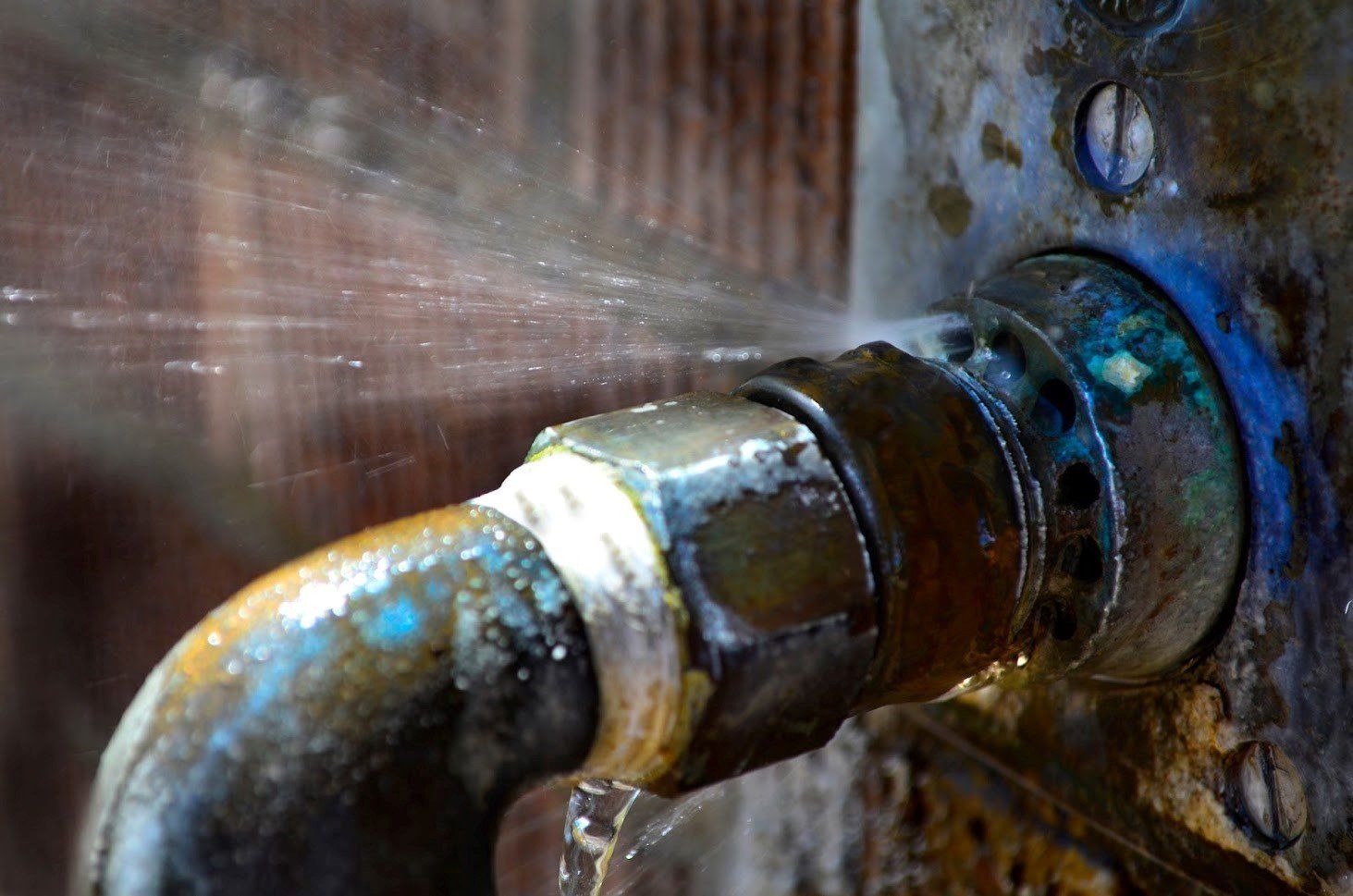Were you in search of insight around What to Know Before Installing a Dishwasher?

A burst pipeline is a significant emergency; you can just stand as you see water you pay a lot to rejoin with the planet. In even worse situations, you see a swimming pool on your kitchen area flooring, which is a terrific trip risk, especially if you have children around. If the pipeline that ruptured remained in your wall surfaces, trouble: you might require to paint that whole section.
How can a disaster like a burst pipe be prevented and also handled? Well, by paying attention to your expert emergency plumbing technicians as well as complying with these rules.
How do I understand when my pipes have burst?
Varying water stress
Pipelines do not simply burst in a day. You might have observed that your kitchen area tap or shower does not run promptly when you turn the faucet. It might stop briefly for a few secs and after that blast you with even more pressure than typical.
In other circumstances, the water may seem regular initially, then decrease in stress after a couple of seconds.
Wet wall surfaces as well as water spots
Before a pipeline ruptureds, it will leak, most times. If this consistent leaking goes unnoticed, the leakage might graduate right into a vast tear in your pipe. One easy means to avoid this emergency is to look out for damp walls ad water discolorations. These water spots will lead you right to the leakage.
Puddles under pipes and sinks
When a pipeline bursts, the outflow creates a puddle. It may show up that the puddle is growing in dimension, as well as despite the number of times you mop the pool, in a couple of mins, there's one more one waiting to be cleaned. Commonly, you may not have the ability to map the puddle to any kind of visible pipelines. This is an indication to call a professional plumber.
Untraceable trickling noises
Pipeline bursts can take place in one of the most unpleasant areas, like within concrete, inside walls, or under sinks. When your house goes silent, you might be able to listen to an irritatingly persistent leaking noise. Also after you've inspected your shower head and kitchen area tap, the leaking may proceed.
Dear visitor, the dripping might be coming from a pipe inside your wall surfaces. There isn't much you can do regarding that, other than tell a specialist plumber.
Shut off the Water
When water ices up, it expands in quantity by concerning 9 percent. As well as it increases with remarkable pressure: The pressure inside pipes may go from 40 extra pounds per square inch to 40,000 psi! No pipe can hold that much stress, so it breaks open. The break may take place where the ice forms, however more often, it happens where water stress finds a vulnerable point in the pipeline. That may be inches and even feet from the icy area. Discover the water shutoff valve and also turn off the water to avoid even more damage. You may additionally need to turn off the power as well, depending upon where the leakages occurs and just how big it is.
Polluted water
Many individuals assume a ruptured pipe is a one-way outlet. Fairly the contrary. As water spurts of the hole or gouge in your plumbing system, impurities locate their method.
Your water may be polluted from the resource, so if you can, examine if your water tank has any issues. Nonetheless, if your alcohol consumption water is supplied and cleansed by the local government, you need to call your plumber immediately if you see or smell anything funny in your water.
What do I do when I identify a ruptured pipeline?
Your water meter will continue to run even while your water wastes. To reduce your losses, discover the primary controls as well as transform the supply off. The water pipe are an above-ground framework at the edge of your residential or commercial property.
How to Fix & Detect a Leaking Pipe
How Do I Know if a Pipe is Leaking?
Leak detection tests can help you determine if your pipe has a leak. Even if you don’t see an apparent leak, you should still conduct leak detection tests regularly to save water and money—and prevent major damage to your home.
Water meter. It can be helpful to figure out what your usual water meter usage numbers are and then monitor them regularly. To monitor your meter, first, turn off all water faucets in your home. Check the meter and write down the numbers. In a few hours, check the meter again. If the numbers have changed, you have a leak. Water gauge. Use a water gauge to test your water pressure. Your showerhead should produce a certain amount of water pressure based on its model and design. If the pressure is lower than it is supposed to be for that specific showerhead, your home likely has a leak. Puddles. Look inside your bathroom, laundry, and kitchen sink cabinets. Puddles around the cabinets or around toilets, tubs, showers, and washing machines indicate the presence of a leaking pipe. You may also notice loose tiles, peeling or flaking paint, or mold caused by water accumulation. Napkin test. Even if you don’t see any puddles, you may still have a leak. You can test for water leaks in the bathroom, laundry, and kitchen by wiping below-sink connections with a napkin, paper towel, or piece of toilet paper. If it becomes damp, you probably have a leaking pipe under the sink. Discolored walls. Walls that are discolored—usually with brown or yellow stains—or bulging might mean that they have been impacted by water damage caused by a leaking pipe. Smell. A leaky pipe will create sitting water, and over time, that water may develop a musty smell. If your home smells musty, but you can’t locate the source, it may be due to a leak. Steps for Fixing a Leaking Pipe
A leaky drain can be remedied by tightening the pipe base, replacing the drain seal, caulking the rim, and tightening the pipe nut. Similarly, a leaking toilet pipe can be treated by tightening the packing nut. You may also need to replace the valve. A leaky faucet may just need tightening or replacement of the washers. If that doesn’t work, consider replacing your faucet. If your pipe has a hole in it, you may want to use a pipe leak sealer or pipe leak tape. This quick fix for water pipe leaks can also temporarily fix a copper pipe leak. https://www.ahs.com/home-matters/quick-tips/how-to-tell-if-pipes-are-leaking/

We hope you enjoyed our section about How to Install and Connect a New Dishwasher. Many thanks for taking time to read through our posting. Make sure you take the time to share this article if you liked it. I cherish reading our article about How to Prepare for Your Dishwasher Installation.
Prices & Booking